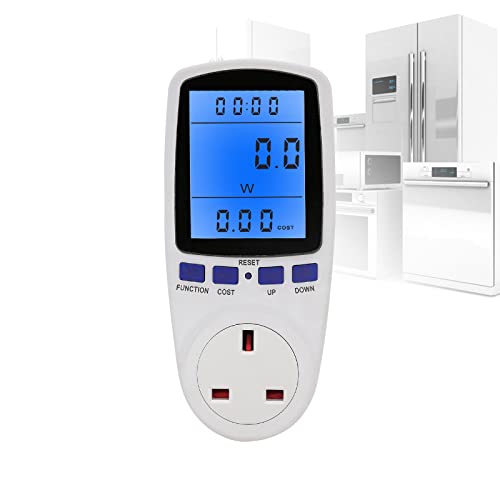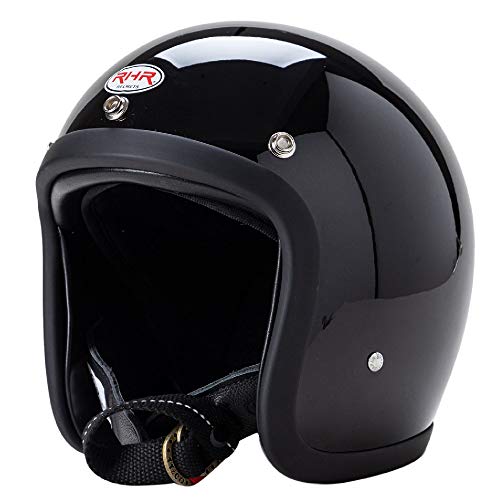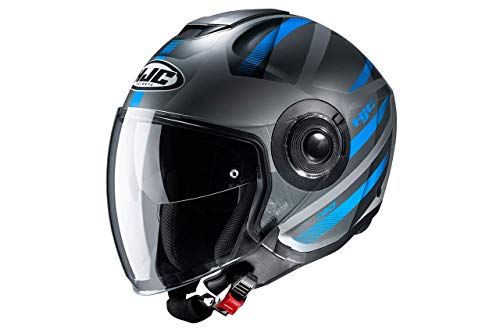Understanding Power Meters: What They Are and How They Work
What is a Power Meter?
A power meter is a device that helps cyclists measure their power output while riding, typically expressed in watts. Imagine you’re pedalling up a hill without knowing how hard you’re pushing yourself. A power meter gives you real-time feedback on your performance, enabling you to adjust your effort to maintain or improve your pacing. The device calculates the power exerted by measuring the torque applied to the pedals or crank, which translates to the energy being used during your ride.
How Does a Power Meter Work?
Power meters can be fitted to different components of your bike, including pedals, crank arms, and hubs. Each type uses slightly different technology to gather data. For example, pedal-based power meters can directly measure the force you apply to the pedals, while crank-based systems measure the force at the crank arm. Data collected is then sent to a display device, like a bike computer or smartphone, allowing you to view metrics such as your current, average, and peak power output during rides.
Key Benefits of Using a Power Meter for Training
Track Your Progress Accurately
Using a power meter allows cyclists to monitor their performance with precision. With real-time power measurements, we can gauge our effort level and make necessary adjustments mid-ride. This precision helps us identify strengths and weaknesses, enabling tailored training sessions that enhance our performance over time. Instead of relying on subjective feelings of exertion, we now have concrete data to inform our training.
Optimise Training Sessions
Power meters facilitate structured training by enabling us to set specific power targets. Rather than simply aiming for a certain heart rate or speed, we can plan intervals around wattage, translating directly into relevant training intensity. This can be particularly beneficial for interval training, where pushing yourself to the right power levels is crucial for performance gains. The ability to target precise power zones means our training can be more efficient and effective.
Choosing the Right Power Meter: Essential Features to Consider
Compatibility with Your Bike
When selecting a power meter, we should first assess compatibility with our bike setup. Power meters can come integrated with certain bike components or as standalone devices. It’s essential to check if your bike can accommodate the power meter you’re interested in, so it fits seamlessly into your current configuration.
Accuracy and Consistency
Depending on training goals, accuracy of data becomes a key consideration when choosing a power meter. Many power meters have a stated measurement accuracy, typically around ±1-2%. Higher accuracy means more reliable data, which is crucial for effective training and progress assessments. Don’t hesitate to delve into user reviews focusing on data consistency across various conditions.
Battery Life and Maintenance
Battery life plays a significant role in usability. Some power meters use replaceable batteries, while others are rechargeable and require a power source. If we frequently train, opting for a model with extended battery life ensures we won’t be caught off-guard during important rides. Maintenance is also vital; attention to cleaning and checking connections will prolong the life of your device.
Popular Power Meter Models Reviewed: Our Top Picks
Pedal-Based Options
Pedal-based power meters like the Garmin Vector and the Favero Assioma offer versatility since they can be moved from bike to bike. These options are great for those who appreciate ease of use and consistent measurement during varied conditions.
Crank-Based Choices
Crank-based power meters, such as the Shimano Dura-Ace and SRM Origin, provide high accuracy and are favoured by competitive cyclists. These systems are integrated into the bike’s crankset, offering a robust solution with minimal maintenance.
Hub-Based Systems
Hub-based power meters, like those from PowerTap, offer a unique installation point that combines durability with high reliability. If you’re looking for a less intrusive option that delivers consistent performance, a hub-based model merits consideration.
How to Effectively Use a Power Meter for Optimal Performance
Establish Your Personal Power Zones
To make the most of a power meter, it’s crucial to establish our personal power zones based on a functional threshold power (FTP) test. This involves determining the maximum effort we can sustain for one hour. By doing this, we create tailored training benchmarks that help sharpen our performance.
Integrate Power Data into Training
Incorporating power data into our training routine allows us to ride smarter and not harder. We recommend focusing on specific sessions, such as threshold intervals or endurance rides, tracking how power output aligns with our goals for each workout. Monitoring how we respond to various power targets can guide our recovery and adaptation, leading to long-term improvements.
Analyse Post-Ride Data
After each ride, taking time to analyse the collected power data is crucial. We can review the ride metrics and identify patterns in our performance. This evaluation not only boosts motivation but also helps us refine our future training strategy based on real-world performance rather than guesswork.



















